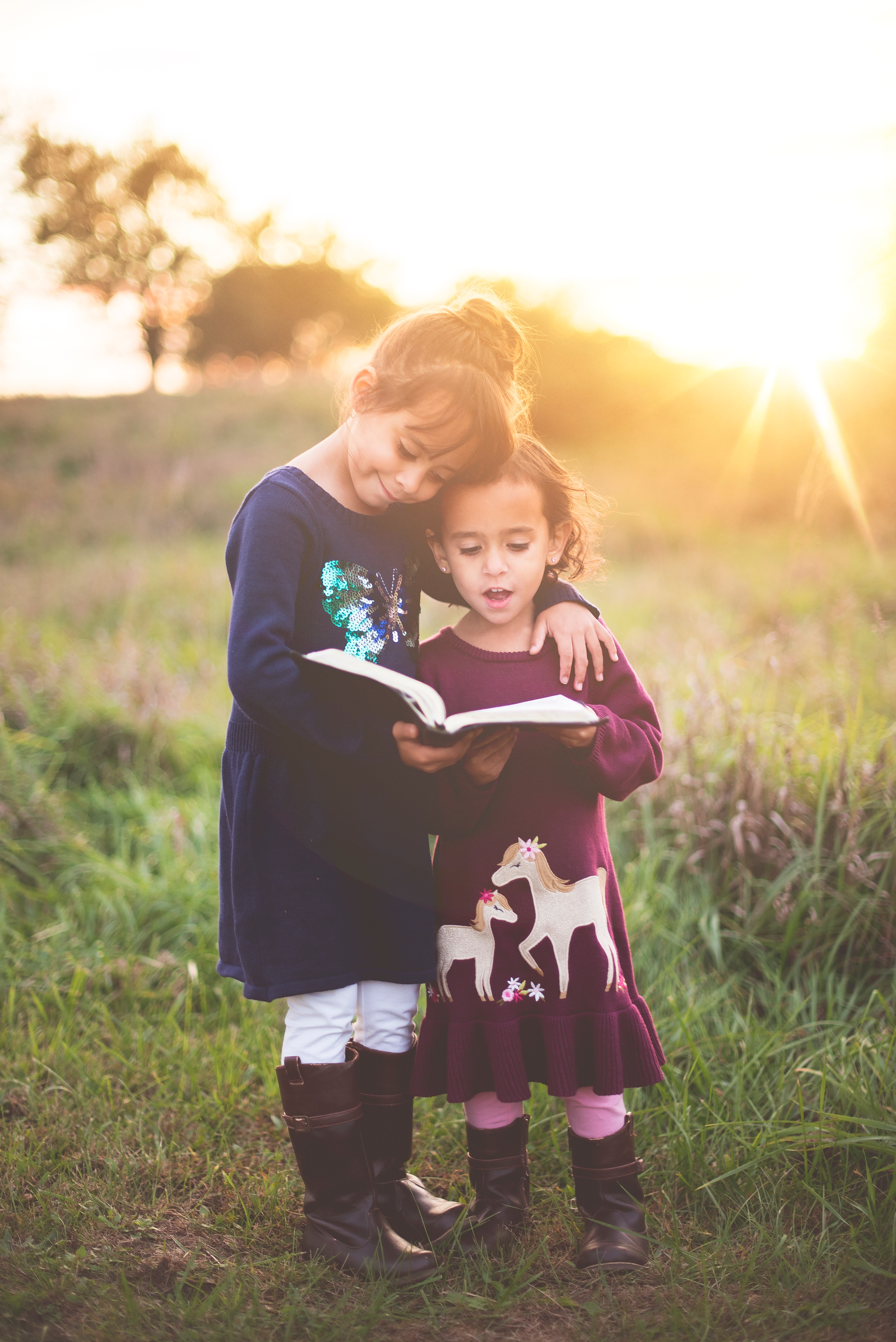We’ve written elsewhere on this site about a movement called Free-range Parenting, a kind of antidote to the helicopter parenting that has plagued our society for the past couple of decades. As this article from The Atlantic points out, Free-Range parenting has become something of a fad, and in fact has been codified into law in at least one state, Utah.
Under Utah’s law, according to the article:
“parents cannot be charged with neglect for allowing “a child, whose basic needs are met and who is of sufficient age and maturity to avoid harm or unreasonable risk of harm, to engage in independent activities.” Essentially, parents can now legally let their children “walk, run or bike to and from school, travel to commercial or recreational facilities, play outside and remain at home unattended”—things that may previously have attracted the attention of child-welfare authorities.”
That’s all well and good. But the article points out a potential downside to the growth of this movement: a double-standard under which the law will give the benefit of the doubt to more affluent (usually white) families and continue to view decisions of lower-income people (usually of color) with suspicion.
Here’s how author Jessica McCrory Calarco describes her concern: By necessity low-income parents have long had to make less-than-ideal arrangements for their children during non-school hours, because of the inflexibility of their work situations, working multiple jobs and, often, lacking use of a private car.
“When children in poor and working-class families stay home or walk to school alone, their parents face considerable risks. In 2014, Debra Harrell, a 46-year-old black mother in South Carolina, was arrested for allowing her 9-year-old daughter to play at the park while she was working at a nearby McDonald’s. Harrell spent the night in jail, and her daughter was placed in foster care for 17 days.”
Harrell’s punishment may have been egregious and anomalous, but it’s something many fear in a society in which poor parents are often assumed to be bad parents—indeed, a recent Brookings Institute study showed that the vast majority of families investigated by child-welfare authorities are poor families, and especially poor families of color. In my own research, I have interviewed poor and working-class parents who worry that a teacher or a neighbor or a well-meaning stranger will report them to child-welfare authorities, just for doing what they have to do to get by.”
Calarco doesn’t suggest any way to resolve this dilemma, other than asking that more affluent people and governmental agencies to be a bit more understanding about the challenges lower-income families encounter.
For them, “Free-range Parenting” isn’t a luxury. It’s a necessity. Here’s how Calarco concludes her article:
“Utah’s law protects parents from having their children taken away, but only if those children are of “sufficient” age and if those children’s “basic needs are met.” But what counts as sufficient? Is a 9-year-old old enough to stay home alone? And what about children whose parents need to work more to put food on the table or keep a roof over their heads? Will those children be just as free to play at the park alone?
The better-educated, better-paid parents who embrace free-range parenting aren’t preoccupied with questions like these. A major shortcoming of their otherwise well-intentioned movement is that the people who have the most to gain from it—poor and working-class parents—will find themselves held to a different set of expectations.”
Food for thought.



